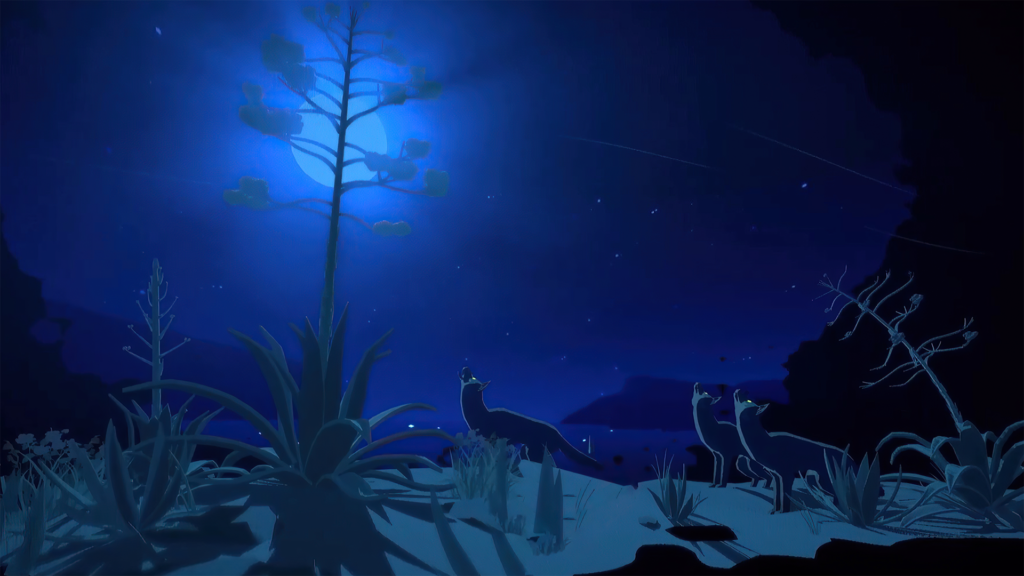

This was discovered in 2016 when a team of scientists attempted to detect and treat the seizures of an 87-year-old patient by measuring his brainwaves. Our life may actually flash before our eyes as we die. The research goes so far as to say that the activity could support the idea of a last “recall of life” that takes place in a near-death state. Now, new data from a scientific 'accident' suggests that the phenomenon might contain some truth. Scientists found that the type of brain activity occurring in the man’s brain was similar to that experienced when someone recalls something from memory. While it might seem surprising, the scientists believe that this is the first time brain activity in a human being was recorded during death. "Windsor Hum": The mystery noise that plagued thousands of Canadians for years - until the pandemic ended it.These are the top 100 hybrid workplaces across Canada.Prime Minister Justin Trudeau revokes Emergencies Act declaration.His condition began to deteriorate, and he subsequently entered into the final stages of his life. The fascinating findings were discovered thanks to an 87-year-old man who wound up in the emergency room after experiencing a fall. We measured 900 seconds of brain activity around the time of death and set a specific focus to investigate what happened in the 30 seconds before and after the heart stopped beating, said Dr Ajmal Zemmar, a neurosurgeon at the University of. The study was published in the journal Frontiers in Aging Neuroscience and was conducted by a team of scientists from around the world, including members of the neurosurgery department at UBC and the neurosurgery division of the department of surgery at U of T. dying human brain: EEG Electroencephalogram, brain wave in awake state with mental activity. A new study has revealed the inner workings of the brain upon death, and it reveals that significant brain activity takes place during that period of time.


 0 kommentar(er)
0 kommentar(er)
